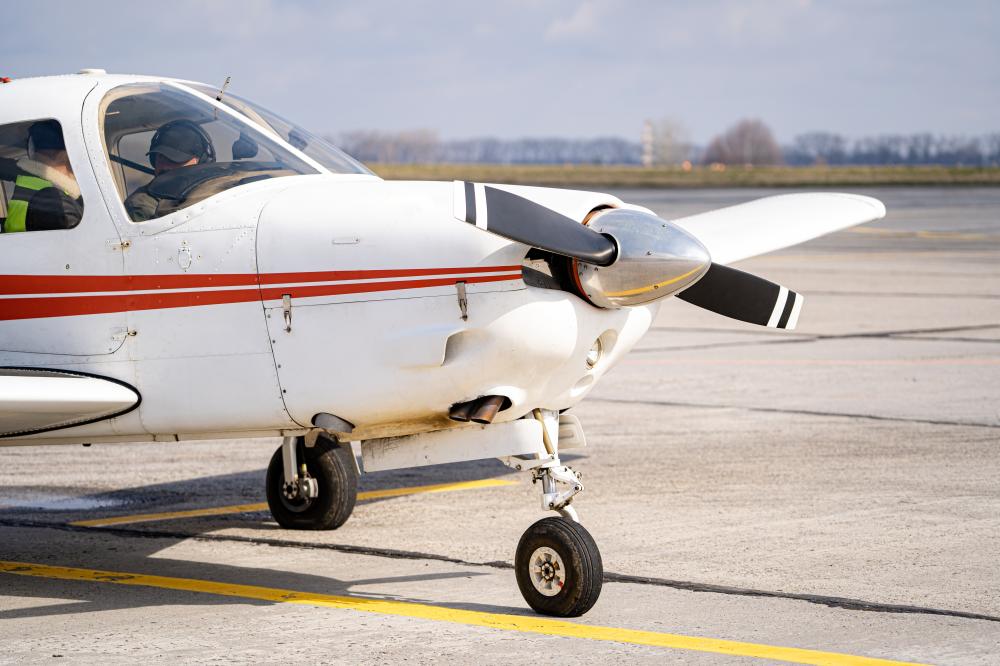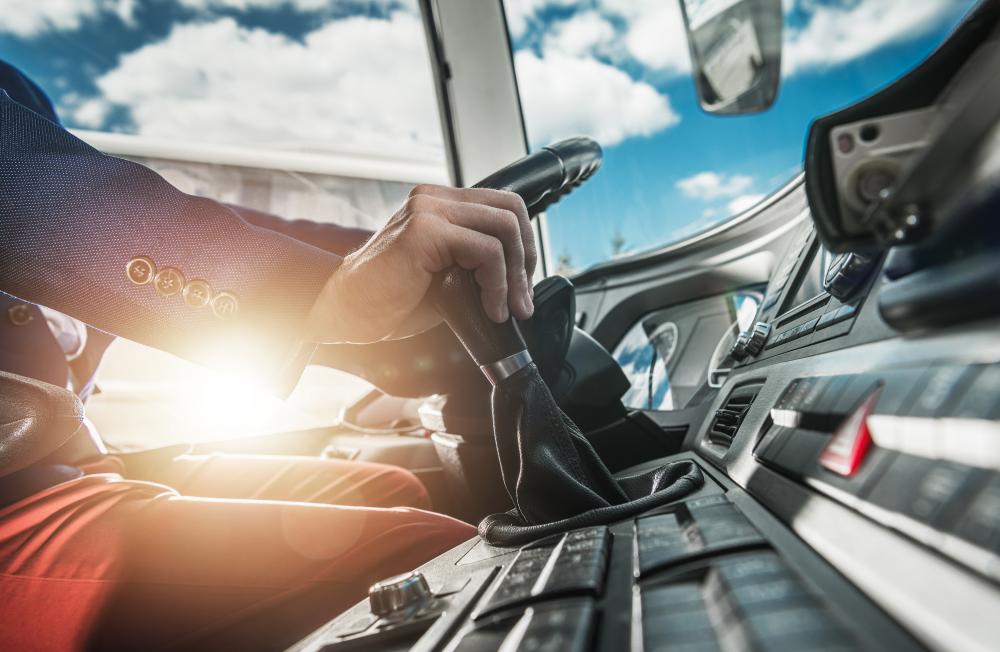
Introduction to Commercial Piloting
Embarking on a journey to learn how to become a commercial pilot requires a blend of dedication, passion, and a clear understanding of the steps involved. In our extensive experience curated through Digital Marketing Toolkit, we’ve witnessed numerous professionals soar to new heights in their careers, and becoming a commercial pilot is no less an ambitious pursuit.
Commercial piloting is not just about mastering the controls of an aircraft; it’s about embracing a lifestyle characterized by rigorous standards, continuous learning, and an unyielding commitment to safety. With the right guidance, anyone with a dream to navigate the skies can turn it into a reality. Let’s take flight into the core components of how to become a commercial pilot, from the foundational steps to tips on excelling in your aviation career.
Earning Your Private Pilot Certificate
Step 1: The Private Pilot Certificate
Gaining your Private Pilot Certificate is your first significant leap towards becoming a commercial pilot. This certificate acts as your entry pass into the aviation world, teaching you the basics of flying and navigation. During this phase, you’ll learn how to operate a single-engine aircraft under visual flight rules (VFR), laying the groundwork for more advanced certifications.
Medical and Educational Requirements
Before you start, ensure you meet the Federal Aviation Administration (FAA)’s medical requirements by securing a Third-Class Medical Certificate. While a college degree isn’t mandatory for this step, a strong foundation in subjects like mathematics and physics can be beneficial.
Advancing with Ratings and Certificates
Instrument Rating
After acquiring your Private Pilot Certificate, an Instrument Rating is your next target. This qualification allows you to fly under Instrument Flight Rules (IFR), meaning you can navigate through clouds and poor visibility conditions. The instrument rating is crucial; it fine-tunes your precision flying skills and enhances your understanding of the aircraft’s systems.
Commercial Pilot Certificate
Moving forward, the Commercial Pilot Certificate is what legally enables you to be compensated for flying. The training sharpens your flying skills further and requires you to learn complex maneuvers and emergency operations, ensuring you can handle the aircraft with great proficiency.
Gaining Experience and Beyond
Flight Instructor Certificate
Earning a Flight Instructor Certificate can be a strategic step in your journey. Teaching aspiring pilots not only helps you accumulate the necessary flight hours for airlines but also deepens your understanding of flying principles.
Multi-Engine Rating
Adding a Multi-Engine Rating allows you to operate aircraft with more than one engine, opening doors to flying larger, more complex airplanes. This rating is essential for a career in commercial aviation, as most commercial aircraft are multi-engine.
Building Flight Hours
To qualify for the Airline Transport Pilot (ATP) Certificate – the pinnacle of pilot certifications – you need to amass a minimum of 1,500 flight hours. Gaining these hours can be achieved through various means, including working as a flight instructor, flying charter flights, or towing banners. Each hour in the air is a step closer to your goal, enriching your experience and expertise.
The Airline Transport Pilot Certificate
The ATP Certificate is your golden ticket to the cockpit of a commercial airliner. It signifies that you’ve reached the highest level of aircraft piloting skills. While the journey here is challenging, the reward is a career filled with adventure, responsibility, and the joy of flying.
Life as a Commercial Pilot
Embracing Continuous Learning
Even after securing a position with an airline, your learning never stops. Aviation technology constantly evolves, and so will your training. Pilots regularly attend seminars, simulator sessions, and recurrent training to stay ahead.
Navigating a Career Path
Your career path might start in regional airlines or charter services, gradually progressing to major airlines as you accumulate experience and seniority. Remember, your attitude, work ethic, and continuous pursuit of excellence play a significant role in how swiftly you ascend in your career.
Preparing for Your Career
Networking and Mentorship
Building strong connections within the aviation community can provide invaluable insights and opportunities. Joining aviation clubs and attending industry events are excellent ways to network. Seeking mentorship from experienced pilots can also guide you through the complexities of the aviation career ladder.
Staying Adaptable
The aviation industry is known for its dynamic nature. Regulatory changes, technological advancements, and global events can all impact your career. Staying adaptable, resilient, and open to change is vital for long-term success in this field.
Conclusion
Understanding how to become a commercial pilot is the first step in a journey filled with challenges, learning, and unparalleled joys. The path is demanding but rewarding, offering a unique blend of technical mastery, critical thinking, and the thrill of flight. In this career, the sky is not the limit but your home. With determination, hard work, and the right guidance, the cockpit awaits your arrival.
At Digital Marketing Toolkit, we’ve seen firsthand how the right resources and support can catapult careers to new heights. As you embark on this exciting path, remember that patience, perseverance, and passion are your best co-pilots. Ready to take off?

How long does it take to become a commercial pilot?
Embarking on the journey to becoming a commercial pilot is a thrilling adventure, but it’s also a path that demands time and dedication. Typically, reaching this milestone can span anywhere from 2 to 4 years, depending on several factors including the intensity of your training schedule, weather conditions, and the individual’s aptitude for flying. For those balancing other responsibilities, such as work or education, this timeline might extend. It’s like running a marathon; steady progress, coupled with unwavering dedication, ultimately gets you across the finish line. Remember, while the journey may seem long, each flight hour is a step closer to achieving your dream.
Is it hard to be a commercial pilot?
Becoming a commercial pilot is challenging, yet entirely achievable. Think of it as climbing a mountain. The ascent requires a solid mix of physical fitness, mental stamina, and the right gear. In aviation, this translates to a combination of rigorous training, theoretical knowledge, and practical flying hours. Challenges such as mastering complex aircraft systems, navigating through adverse weather, and passing stringent exams are par for the course. However, with persistence, passion, and the right guidance, conquering these obstacles is not just possible–it becomes a rewarding journey. Just like in any demanding career, challenges pave the way for growth and satisfaction.
How much does it cost to become a commercial pilot?
The financial investment in becoming a commercial pilot can vary widely, typically ranging from $70,000 to $150,000. This range factors in obtaining a Private Pilot License (PPL), Instrument Rating (IR), and the Commercial Pilot License (CPL) itself, along with the multitude of flight hours required. It’s akin to investing in a college education for a high-paying career. However, it’s essential to approach this investment with a plan. Scholarships, financial aid, and training programs sponsored by airlines are avenues that can significantly reduce out-of-pocket expenses. Consider it an investment in your future, with the skies as your office.
Can I become a pilot at 35?
Absolutely! Age is merely a number in the world of aviation. Many have embarked on the commercial piloting path in their 30s, 40s, and even later. The key ingredients to success in this journey are passion, dedication, and a willingness to learn. While younger students might have a slight edge in adaptability, older students bring invaluable life experiences and maturity to the cockpit–qualities highly prized in the aviation industry. Remember, the aviation industry cherishes diversity in its ranks, recognizing the unique perspectives and skills each pilot brings to the table, regardless of age.
Why is mentorship important in becoming a commercial pilot?
Mentorship in aviation is like having a seasoned guide in uncharted territory. It provides aspirants with not only insider knowledge and practical advice but also emotional support and encouragement through the challenging phases of training and certification. Mentors, with their depth of experience, can offer insights that textbooks cannot, from handling difficult flying conditions to navigating the aviation industry’s dynamic landscape. Engaging with a mentor also opens doors to networking opportunities, enhancing your visibility in the job market. It’s an invaluable asset, turning hurdles into stepping stones toward your dream career.
How does continuous learning shape a pilot’s career?
In the ever-evolving world of aviation, continuous learning isn’t just encouraged; it’s a requirement. Technology, regulations, and best practices change, and staying abreast of these developments is crucial for safety and career progression. Continuous learning ensures pilots are competent, confident, and competitive. It’s not solely about accumulating flight hours but about embracing growth, from advanced certifications to leadership roles. Picture it as an ongoing journey of self-improvement and professional development that keeps the passion for flying alive, ensuring that every pilot is not just capable but excelling at their craft.
Resources
- Federal Aviation Administration (FAA) – Airline Transport Pilot (ATP) Certificate – Learn more about the requirements and process for obtaining your Airline Transport Pilot (ATP) Certificate.
- Federal Aviation Administration (FAA) – Become a Pilot – Discover the steps to becoming a pilot and the various certifications needed for a career in aviation.
- Aircraft Owners and Pilots Association (AOPA) – A reputable organization providing resources, training, and support for pilots at all levels of experience.
- National Business Aviation Association (NBAA) – Explore resources and information related to business aviation, including career opportunities for pilots.
- National Aeronautics and Space Administration (NASA) – Discover the latest in aerospace research, technology, and exploration from the leading space agency.
Mesa AZ 85212
